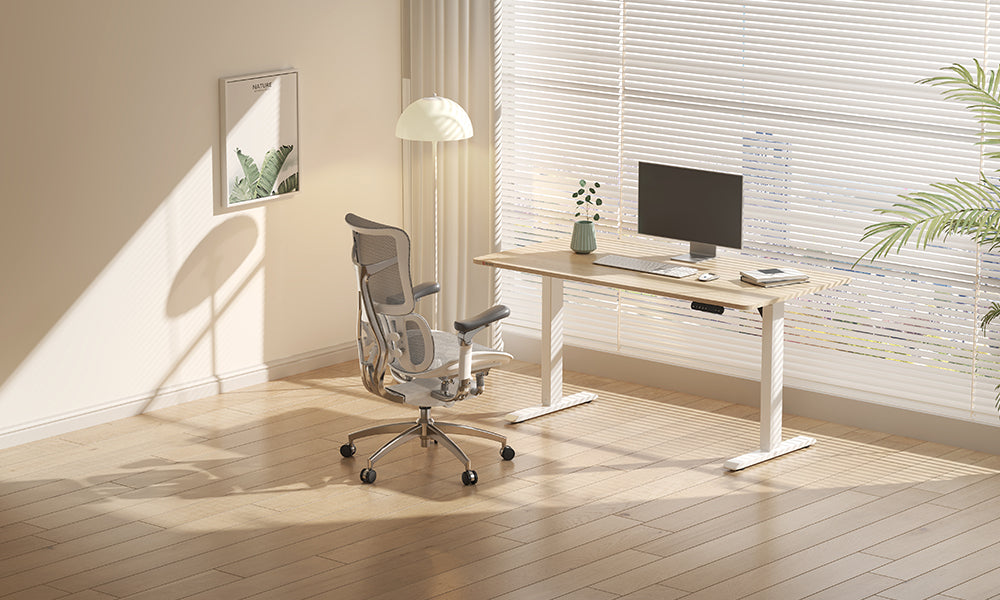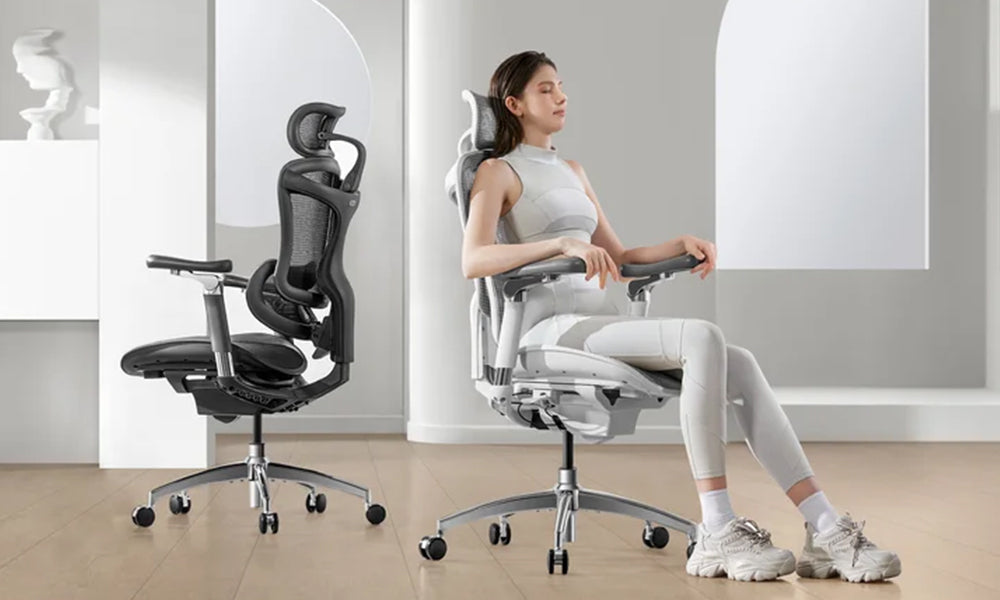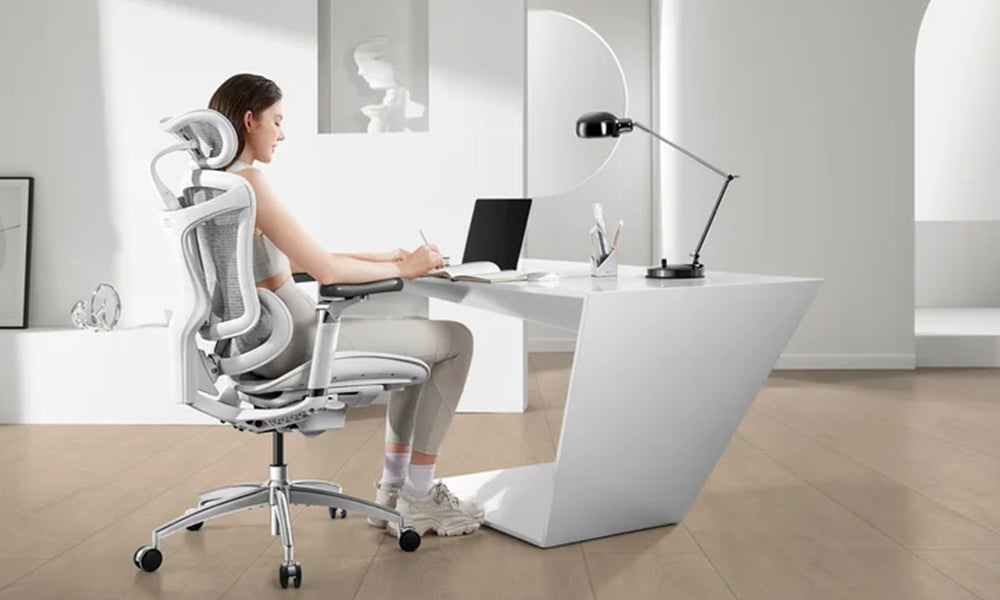Being 6'3" comes with its perks: reaching the top shelf with ease, commanding a good view in a crowd. But it also presents ergonomic challenges, especially when it comes to your workstation. A desk that's perfect for someone of average height can leave you hunching over, straining your back and neck. Fear not, tall friend! This blog is your compass to finding the ideal desk height for a comfortable and productive workday.
The Importance of Ergonomics
Before diving into measurements, let's talk about why desk height matters. It all boils down to ergonomics, the science of designing workplaces to fit the human body. Proper ergonomics reduces the risk of Repetitive Strain Injuries (RSIs) like carpal tunnel syndrome and neck pain. It also improves posture, circulation, and overall comfort, leading to better focus and increased productivity.
The Ideal Desk Height for You
There's no one-size-fits-all answer, but for a 6'3" individual, a standard desk height of 29 inches (73 cm) might not be enough. Here's how to find your ergonomic sweet spot:
- Elbow Height is Key: The ideal desk height allows you to sit with your elbows bent at a 90-degree angle while your forearms rest comfortably on the desk surface. Imagine yourself typing – your wrists should be straight, not bent up or down.
- Chair Matters Too: Factor in your chair height. Ideally, your thighs should be parallel to the floor with your feet flat on the ground. If your chair has adjustable arms, ensure they align with the desk height for optimal armrest comfort.
- Consider a Standing Desk: If you find yourself slouching even with an adjusted chair height, a standing desk might be your hero. Standing desks allow you to vary your position throughout the day, promoting better circulation and reducing back pain.
Finding Your Perfect Height:
Here are some handy tips to determine your ideal desk height:
- The Arm Test: Sit in your chair with good posture. Relax your shoulders and bend your elbows at a 90-degree angle. Measure the distance from the floor to your elbow crease. This is your ideal desk height, minus the thickness of your desktop (usually around 1 inch).
- Online Calculators: Several online ergonomic calculators can give you a personalized recommendation based on your height and chair height.
- The "Try Before You Buy" Approach: If you're shopping for a new desk, see if the store allows you to adjust the height or try out a standing desk model.
Beyond Height: Other Ergonomic Considerations
While desk height is crucial, it's just one piece of the ergonomic puzzle. Here are some additional factors to consider:
- Monitor Placement: The top third of your monitor should be at eye level when you're sitting upright. This helps prevent neck strain. Consider monitor stands or adjustable arms to achieve the correct positioning.
- Keyboard and Mouse: A comfortable keyboard with a wrist rest can make a big difference. Likewise, an ergonomic mouse that fits your hand size reduces strain.
- Lighting: Proper lighting reduces eye strain. Avoid glare from overhead lights and position a desk lamp for focused illumination.
- Take Breaks: Get up and move around regularly! Stretch, walk around the office, or do some light exercises to prevent muscle fatigue and improve circulation.
Making it Work: Adjustable Desks and DIY Hacks
If you're stuck with a non-adjustable desk, fret not! Here are some solutions:
- Chair Adjustments: Utilize all the adjustment options on your chair, including seat height, back support, and armrests.
- Riser Platforms: Desk risers elevate your monitor and keyboard to a more comfortable height.
- Footrests: Footrests provide support and help maintain good posture while sitting for long periods.
- DIY Hacks: Get creative! Stack risers made from textbooks or sturdy boxes to raise your monitor or keyboard.
Conclusion: Invest in Your Comfort
By prioritizing ergonomics, you're investing in your long-term health and well-being. Taking the time to find the perfect desk height and incorporate other ergonomic practices can significantly improve your workday experience. Remember, a comfortable workspace is a productive workspace. So, conquer that desk height and embrace ergonomic bliss!



